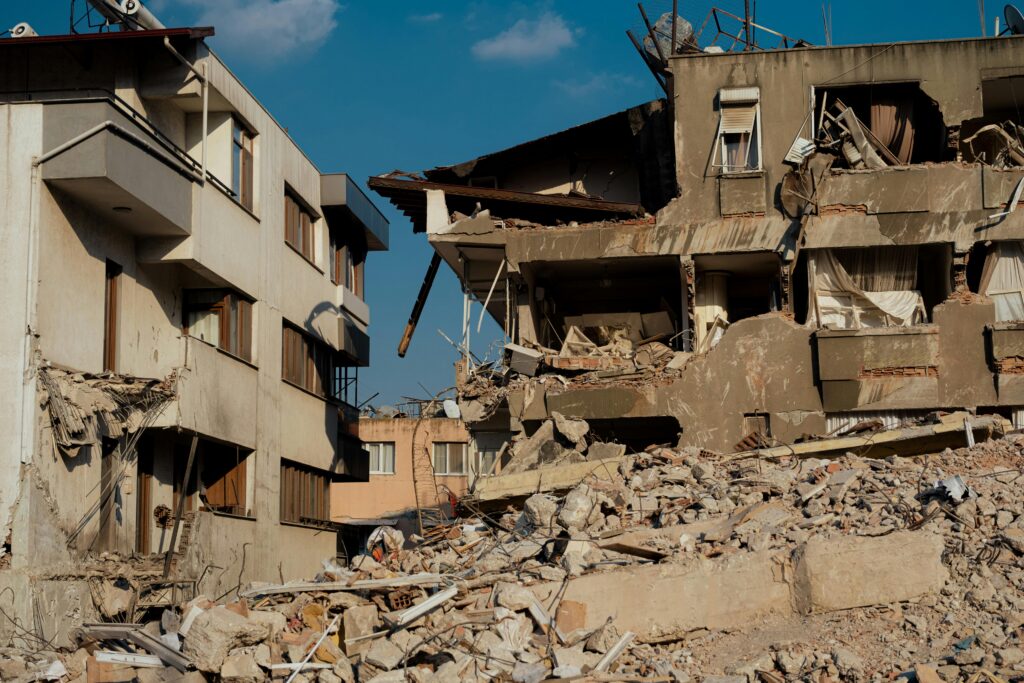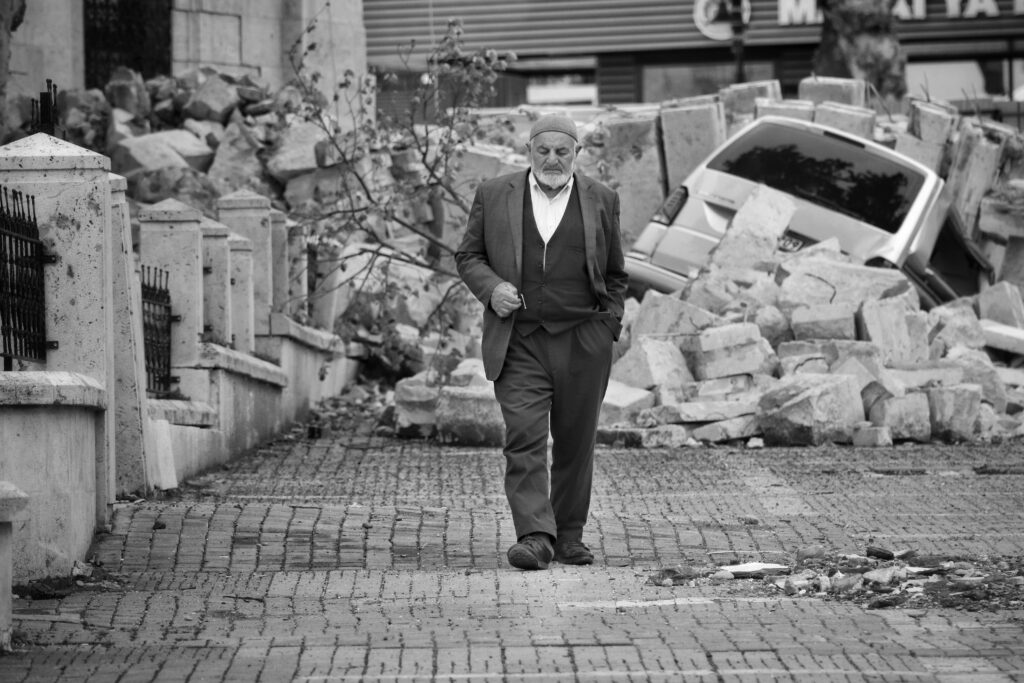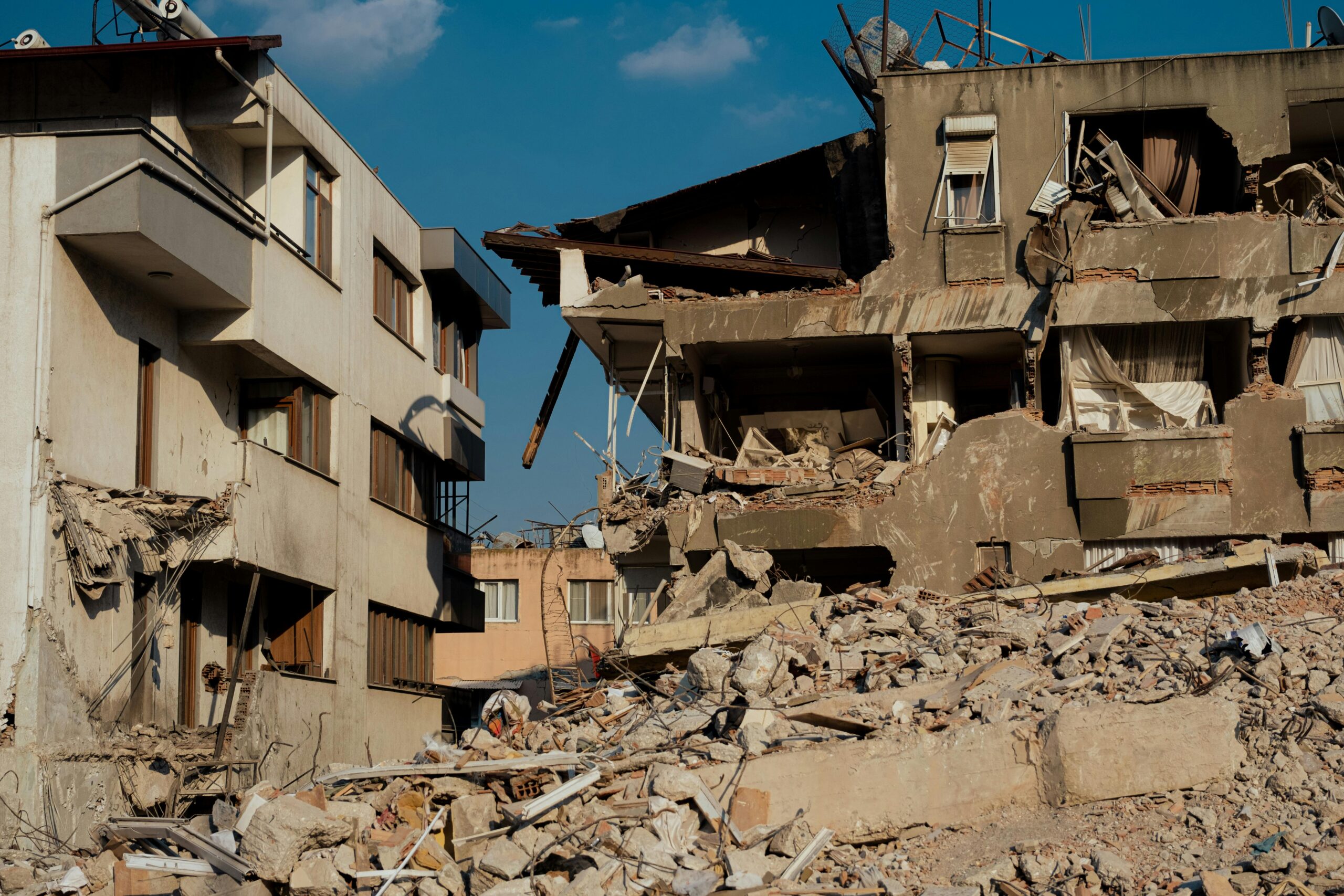Turkey Earthquake 2025: Resilience in the Face of Disaster
On August 10, 2025, Turkey was once again reminded of its position along one of the world’s most active fault lines. A magnitude 6.1 earthquake shook the northwestern province of Balıkesir, bringing down buildings, damaging infrastructure, and sparking urgent rescue operations.

What Happened in Balıkesir?
The earthquake’s epicenter was near the town of Sindirgi, a region known for its proximity to the North Anatolian Fault Zone. Tremors were felt across western Turkey, including Istanbul, hundreds of kilometers away, causing panic among residents who rushed into the streets.
According to AFAD, Turkey’s Disaster Management Authority, at least one person died—an elderly woman who was rescued from the rubble but later succumbed to her injuries. 29 others were injured, though most sustained minor wounds.
Around 16 buildings collapsed, including homes, shops, and mosque minarets. Streets were littered with debris, while electricity and water supplies were temporarily disrupted in certain districts. Rescue teams worked tirelessly, navigating unstable structures to save lives and assess the full extent of the damage.
Other Major Earthquakes in 2025
This was not Turkey’s first significant seismic event of the year.
-
April 23, 2025 – Sea of Marmara Quake
A 6.2 magnitude tremor off Istanbul’s coast caused widespread alarm, minor structural damage, and over 350 injuries. The quake also produced more than 400 aftershocks in the following days. -
May 15, 2025 – Central Turkey
A 5.2 magnitude quake hit Konya Province, causing minor building cracks and prompting schools to close for safety inspections.
These repeated events highlight just how frequently seismic activity strikes the region and why constant readiness is crucial.
The Emergency Response
Within minutes of the Balıkesir quake, AFAD deployed search-and-rescue teams, medical staff, and heavy machinery. Local municipalities coordinated with national agencies to provide shelter, food, and medical care to affected residents.
Authorities repeatedly warned people not to re-enter damaged buildings due to the risk of aftershocks, which can be nearly as dangerous as the main quake. Temporary shelters in schools and sports halls offered warmth, blankets, and hot meals to displaced families.
Why Turkey Is So Earthquake-Prone
Turkey lies at the meeting point of the Anatolian, Eurasian, and Arabian tectonic plates. The North Anatolian Fault, running just south of Istanbul, is one of the most active strike-slip fault systems in the world. This makes the country prone to moderate and major earthquakes every few years.
History is a grim reminder:
-
The 1999 İzmit Earthquake killed over 17,000 people and caused billions in damages.
-
The 2023 Kahramanmaraş Earthquake devastated southeastern Turkey, leaving more than 50,000 dead and displacing millions.

Lessons & Preparedness
Experts stress that stronger building codes, public awareness, and disaster drills are essential for reducing fatalities in future quakes. Key measures include:
-
Retrofitting old buildings to meet seismic safety standards.
-
Public education programs teaching “Drop, Cover, and Hold On” techniques.
-
Early-warning systems to give residents seconds to react.
Financial preparedness is equally important. In times of crisis, having an emergency fund or insurance can be a lifeline. You can read more in our ICICI financial planning guide to learn how savings and insurance support recovery after disasters.
The relatively lower death toll in 2025’s earthquakes shows progress in safety measures, but vulnerabilities remain—especially in older neighborhoods and rural towns.
Human Stories Behind the Numbers
In the village of Domanic, residents worked side-by-side with emergency crews, forming human chains to pass buckets of debris. Volunteers from nearby provinces arrived within hours, bringing food, clothing, and blankets. Social media played a crucial role in reuniting separated families and coordinating aid delivery.
For many survivors, the hardest challenge will not be the immediate clean-up, but rebuilding homes, businesses, and a sense of security.
A Nation’s Resilience
While earthquakes bring destruction, they also highlight the resilience and unity of the Turkish people. From professional rescuers to ordinary citizens, countless acts of bravery and kindness emerged in the days following the disaster.
Every tremor is a reminder that preparedness is not optional—it’s a necessity. By learning from each quake, Turkey moves closer to building safer, stronger, and more united communities for the future.
Frequently Asked Questions (FAQ)
Q1: How strong was the 2025 Balıkesir earthquake?
The earthquake measured 6.1 on the Richter scale and struck the Sindirgi district of Balıkesir Province on August 10, 2025.
Q2: How many people were affected?
At least 1 person was killed and 29 were injured, with around 16 buildings collapsing in the affected area.
Q3: Why is Turkey prone to earthquakes?
Turkey sits on the North Anatolian Fault, one of the most active fault systems in the world, making it highly susceptible to frequent seismic activity.
Q4: How can residents prepare for future earthquakes?
Residents should ensure buildings meet earthquake safety codes, participate in earthquake drills, keep emergency kits ready, and follow official AFAD guidelines.

1 thought on “Turkey Earthquake 2025: How Balıkesir Stood Strong After the 6.1 Quake”